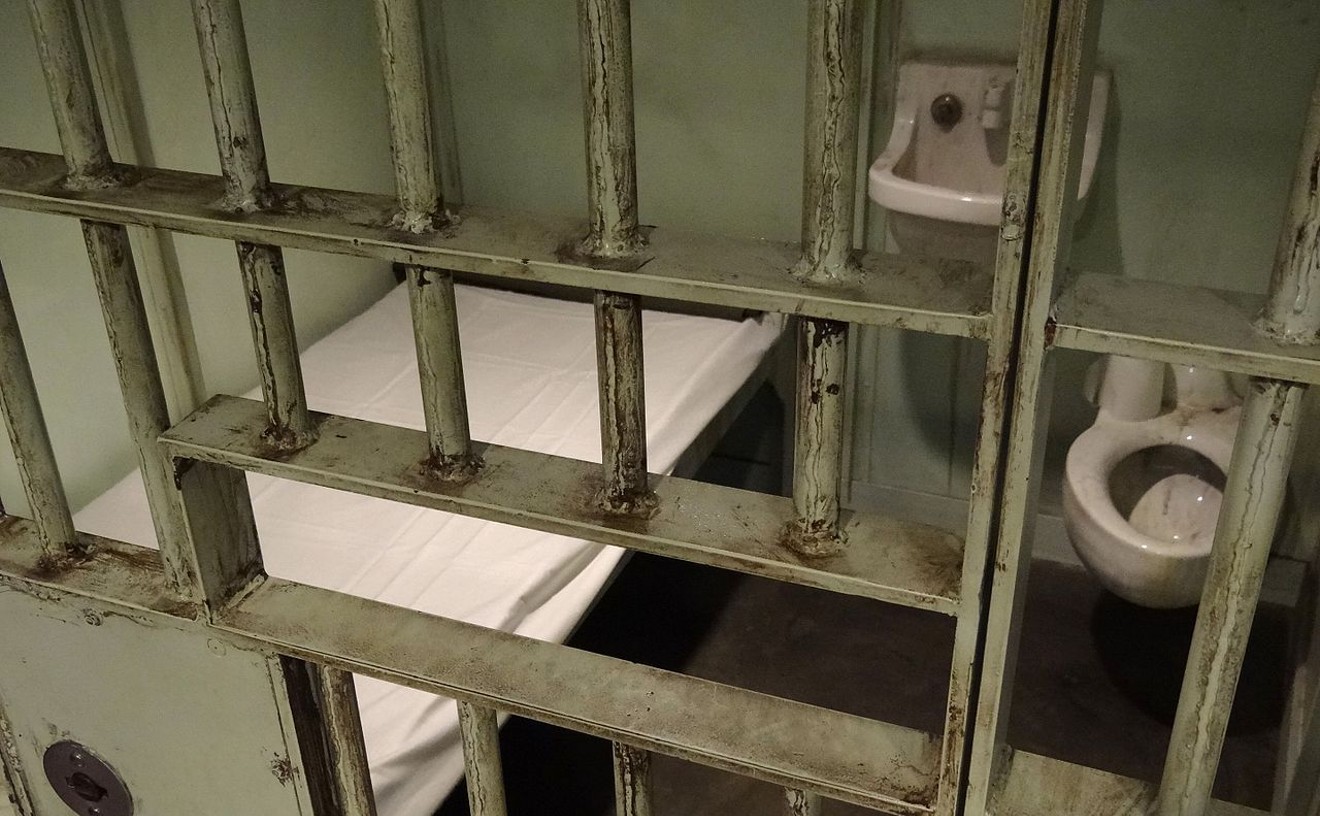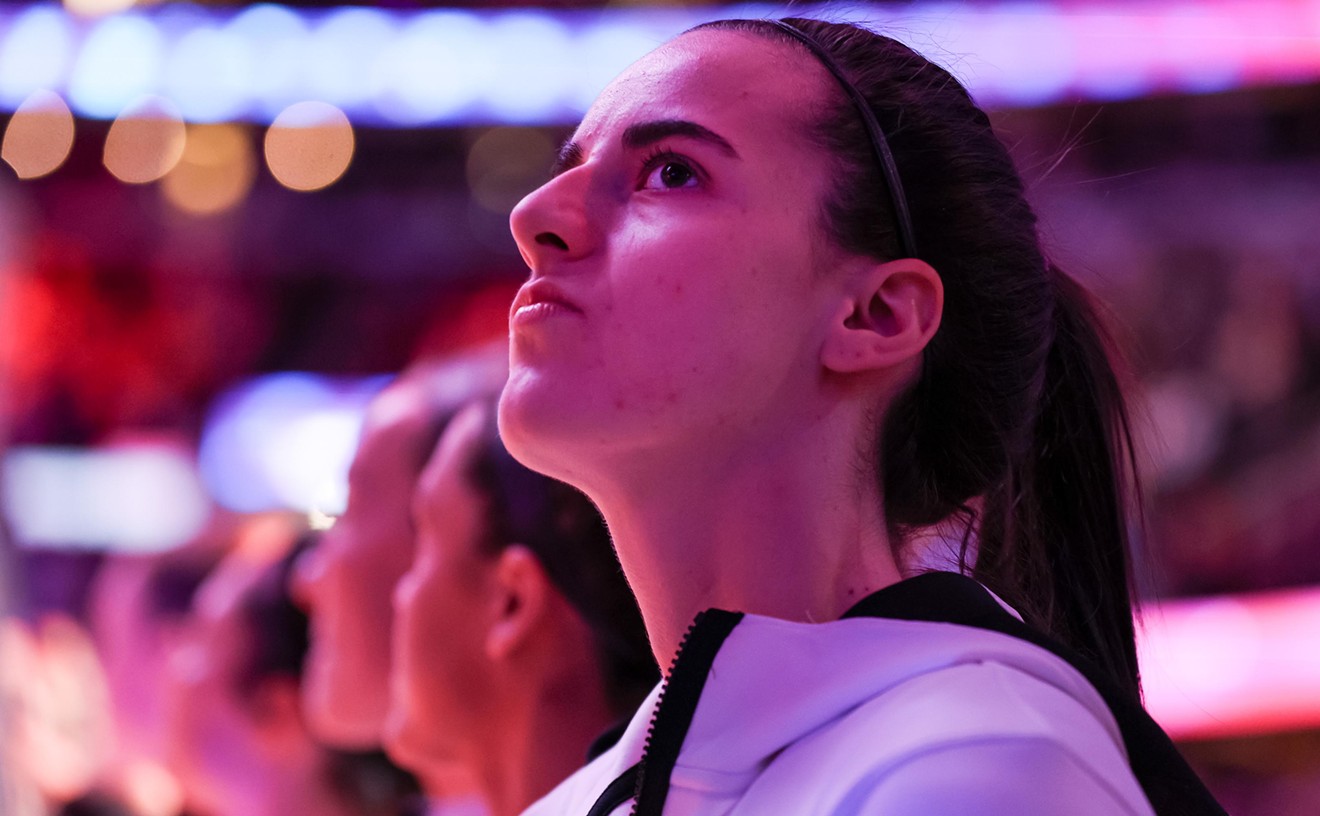Self-defense training for U.S. airline flight attendants is lax, despite 9-11
Our first-class galley flight attendant and our purser have been stabbed. And we can't get into the cockpit. The door won't open."
American Airlines flight attendant Betty Ong's recorded phone call from aboard American Airlines Flight 11 still sends chills up the spine, nearly four years after the plane was flown into the north tower of the World Trade Center on 9-11. But lost in the horror of subsequent events is the message in her words: Flight attendants were the first to confront the hijackers, and the first to die.
Some flight attendant union officials say that self-defense and security training that could help prevent a similar attack is still inadequate and outdated--and may not have met federal hourly requirements, at least until laxer rules were issued in February by the Transportation Security Administration (TSA).
"We saw the pilots get guns and saw the cockpit doors reinforced, and we saw the flight attendants get left alone in the back," says Thom McDaniel, president of Transportation Workers' Union Local 556, which represents Southwest Airlines flight attendants. McDaniel is also a working flight attendant and goes through the Dallas-based airline's recurring security training every year.
"To say that it was minimal would probably be exaggerating," McDaniel says. "We probably spend more time on lunch than we do on self-defense. In fact, I know we do."
McDaniel says that in the years since 9-11, two hours of Southwest's daylong recurring yearly training have been devoted to security, while federal regulations prompted by the November 2001 Aviation and Transportation Security Act explicitly mandated at least four hours.
Yet even the two-hour figure is deceptive. McDaniel says his training consisted of less than an hour of class lecture and a 20-minute take-home video. Lonny Glover, an attendant for American Airlines and an official with the Association of Professional Flight Attendants, offers a similar account of the Fort Worth-based airline's training.
According to TSA, the agency's officials assigned to each airline did have some discretion as to the hourly requirement, but the agency did not say whether reductions had actually been approved.
Southwest Airlines spokesman Ed Stewart won't discuss the training program other than saying, "Whatever the government requires, we require a lot more." American spokesman Tim Wagner offers a similar statement: "We always comply with government regulation."
That may be closer to the truth now that new Transportation Security Administration rules have gone into effect. Issued in February, the rules actually reduce the hourly requirement by half, from eight hours for new employees and four hours of yearly recurring training to four and two, respectively. John Moran, TSA's assistant administrator for workforce performance, says the reduction shouldn't be misinterpreted.
"We're concerned with the content and the quality of the training," Moran says. "The hour issue is sort of secondary." He says that under the new rules, TSA personnel who oversee air carriers' training are now required to be trainers themselves. Curriculum requirements are also more specific.
Training questions aren't limited to American and Southwest. Valerie Walker, chair of the Association of Flight Attendants' Security Committee, goes through training as a United Airlines flight attendant. She says the classroom instruction is cursory at best, and the take-home movie is even worse. "They called it the 'Chip and Dale video' because you would be fast-forwarding through it so much that the voices would be [high-pitched] like that," Walker says.
Cabin crew training may be the least of TSA's worries as the agency awaits confirmation of its fourth director in three years. Charges of inefficiency and lax enforcement have led to speculation that TSA may be radically restructured or even done away with entirely. Walker says such an outcome wouldn't be surprising given her experience with TSA as a union safety official. "They don't enforce anything," she says.
The details of what training flight attendants do receive are guarded by officials and attendants alike. "We don't talk about specifics of it because to do so would undermine the effect of that training," says American spokesman Wagner. A picture, however, can be gleaned from various sources.
Terrorist attacks are far from the only security threat flight attendants face; cases of "air rage" are much more common. Some of what is taught, such as basic self-defense and escape techniques, could apply to both, but other elements seem dated when viewed through the lens of 9-11. Southwest, for example, says its security training is heavily based on "verbal judo," a course in negotiation tactics.
"That's for the ones that say, 'I think I'm losing my mind--there's not enough fizz in my Coke,'" says Southwest's Stewart. "There should always be a way to defuse the situation."
But union officials argue that the training relies too much on the cooperative philosophy that developed in response to hijackings to Cuba in the 1970s. "Back then, the thinking was that the plane would still be used as a mode of transportation, not a weapon," says Michael Massoni, a flight attendant and the safety coordinator for the Southwest union.
Moran of TSA says that even under the new rules, the program still sticks to defensive tactics. "We're not training them to say, 'Hey, that guy in Row 3 looks a little hinkey to me, I'm going to go up and question him,' and yank him out of his seat and put him in an arm bar or something," Moran says.
Most would agree that the best person to perform such an act would be a federal air marshal, but there are only enough officers in that agency to cover 5 percent of U.S. flights. Even when the armed marshals are on board, the attendants say they have little training in how to assist them.
The new training regulations are a result of the 2003 "Vision 100" aviation law. The law also mandated the creation of an optional advanced self-defense course for flight crew. The three-day, 24-hour course, developed and supervised by TSA, debuted in January and is now taught at community colleges in 10 air hubs across the country, including Tarrant County Community College in Fort Worth. The course has gotten generally favorable reviews from participants--a relatively small group. "The numbers are not where we want them to be," Moran says. "We have been a little bit surprised that demand hasn't been higher than it has."
One obvious explanation: Because it is voluntary, flight attendants must take three days off to attend. Not only is a work-related course an unusual use of vacation days, but three days off in a row are especially difficult to arrange for junior flight attendants, who serve long periods on call, never knowing when they'll fly.
California Senator Barbara Boxer has been the attendants' most outspoken ally in Washington. The Democrat pushed for more specific requirements in the Vision 100 bill and was instrumental in instituting a federal certification program for flight attendants.
Despite the power of Betty Ong's voice, flight attendants fear that as the memory of 9-11 fades, public complacency will undermine any effort toward further improvements. "The public innately wants to feel safe, so they might not drill down deep enough into the facts," Massoni says. "The veneer looks like all is well, but from our perspective, the days of veneer and deterrents heading off a situation are gone." --Rick Kennedy
Sowing Old Seeds
At 10:30 on a Monday morning in South Dallas, men in denim shorts and women in loose tank tops leisurely stroll through overgrown fields where houses once stood. Many of the lots here on Grand Avenue have been vacant for at least a decade and are valued at a few thousand dollars. At the moment they might as well be worthless. And yet, here on Grand Avenue, a street whose name long ago became ironic, Ethel Campbell and Janice Fowler imagine these very vacant lots filled with flowers and vegetables--a little greenery that might bring color to a neighborhood that's the bleak shade of disrepair and neglect. But the closest they've come to achieving this dream was growing some corn and collard greens in the front yard last fall, which some neighborhood children came by to pick, to experience a little country life here in the middle of Dallas' inner city.
Campbell and Fowler refuse to budge from the small house at 2522 Grand Ave. that, since at least 1956, has housed the Texas State Federation of Garden Clubs, the headquarters for the African-American women who weren't allowed to join the all-white garden clubs popular in the 1940s. Campbell has been president for the last four years, trying to sustain an organization that's literally dying off, with the recent passing of a 102-year-old woman and another who was 96; at 65, Campbell's easily one of the youngest. "We're part of a different generation," says 50-year-old Fowler, a Chicago native who came across the club as part of her graduate studies at Texas Woman's University.
For years, folks have tried to run off the South Dallas garden club: In the 1990s City Hall claimed the neighborhood wasn't zoned for an establishment such as theirs and forced them to pay several hundred dollars to acquire a community service center permit, which cost the organization several hundred dollars it didn't have. And then there are the crackheads who've broken in so often the neighborhood regulars know there's nothing left to steal, save for pots and bottles used for planting. In January someone even went under the house to strip the copper off the plumbing and, finding only plastic tubing, sabotaged the water pipes anyway.
The women want to restore the house, which has had most of its windows sealed to keep away thieves, who've even stolen burglar bars for spare change. But that, and planting their garden in the concrete wastelands, will prove a difficult task. "The dues were $3 when I got in" in 1957, Campbell says. "When they went to $6, the members had a fit, and when we raised them to $12, well..." Adds Fowler, with optimistic understatement, "It's challenging." --Robert Wilonsky










